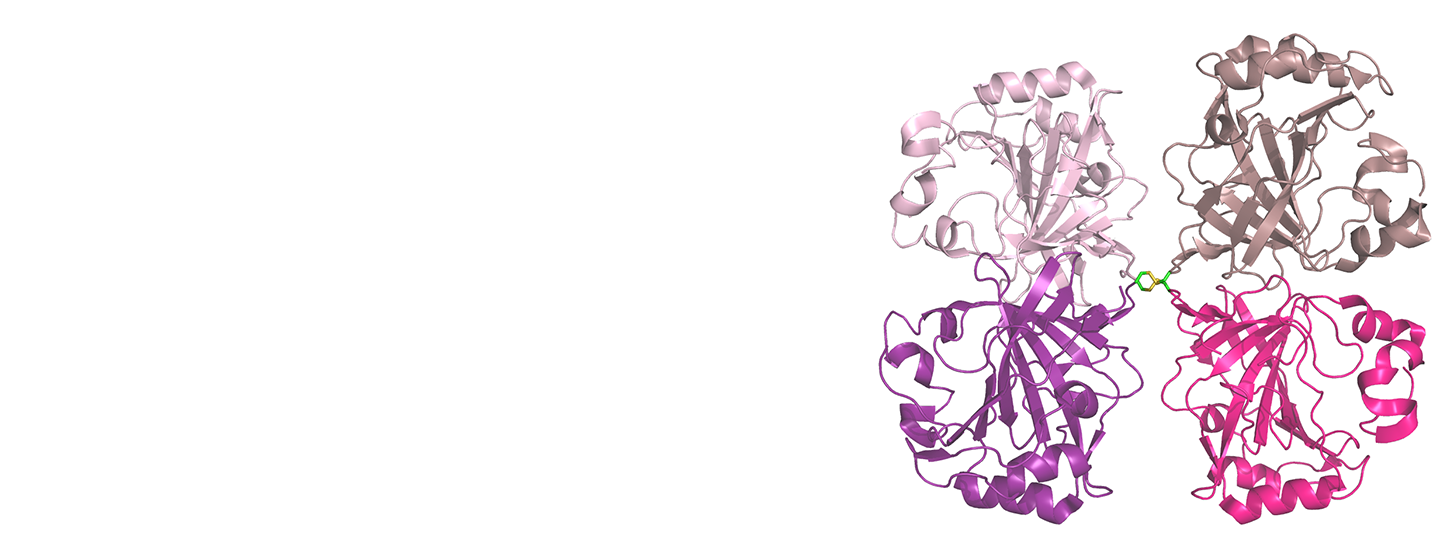Enzyme Engineering Services
Publications
Rational enzyme design
Smart site saturation mutagenesis
Directed evolution
AI-assisted enzyme design
Make an enquiry
Almac biocatalysis solutions offers enzyme engineering services for pharmaceutical and industrial enzyme applications.
Enzymes are the foundation of all biochemical reactions and life. Enzymes work by decreasing activation energy of all biochemical reactions in living organisms. Enzymes are classified into seven categories according to the types of reactions they carry out: EC 1 Oxidoreductases; EC 2 Transferases; EC 3 Hydrolases, EC 4 Lyases, EC 5 Isomerases, EC 6 Ligases, EC 7 Translocases.
Enzyme engineering is the process of improving enzymes for various industrial applications such as those found in the pharmaceutical, fine chemical, agriculture, biofuels, textiles, F&F and food processing industries. Key enzyme properties include selectivity, activity, process tolerance, and thermostability. Please click on the links above or make an enquiry to find out more about some of the enzymes engineered by Almac biocatalysis.


